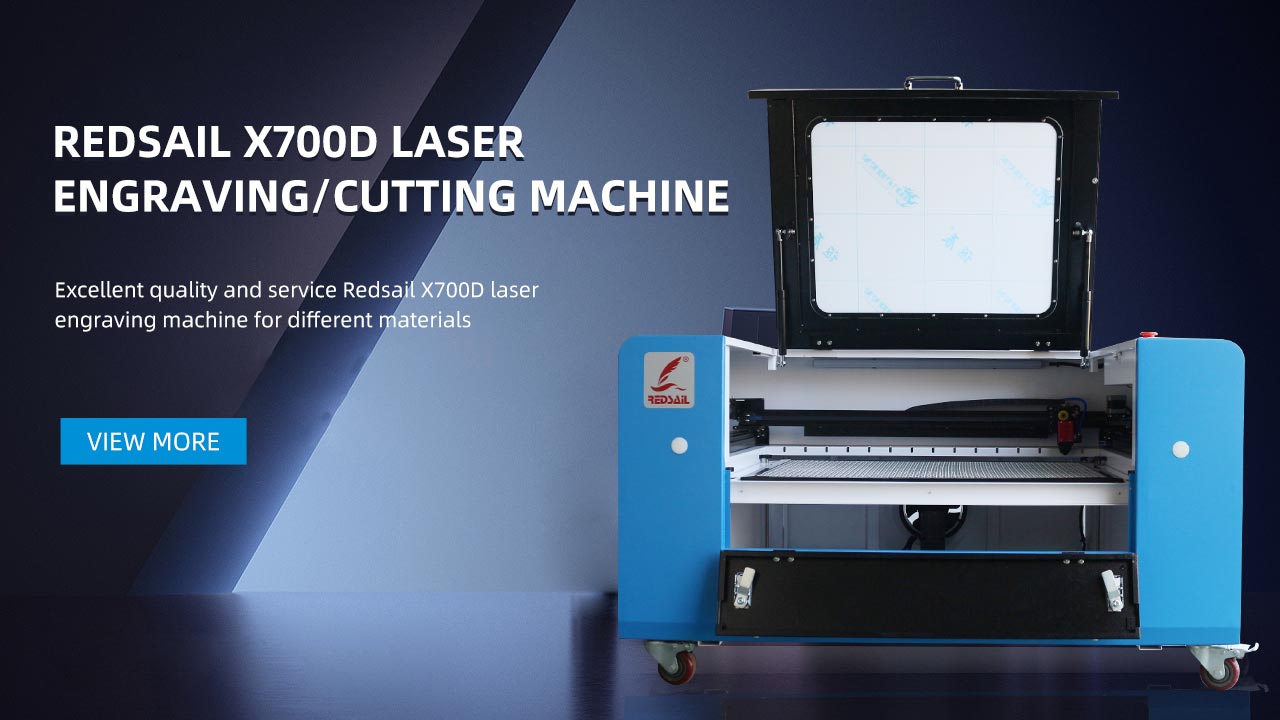What’s the Best Laser Cutter for Creating Architectural Models?
Introduction
Laser cutters have become essential tools in the field of architecture, enabling precise and intricate cuts on a variety of materials. When it comes to creating architectural models, a high-quality laser cutter can greatly enhance the design process, allowing architects to bring their visions to life with stunning accuracy and efficiency.
Factors to Consider
When choosing the best laser cutter for architectural models, several crucial factors should be taken into account:
1. Power and Precision
The power of the laser cutter determines its ability to cut through different materials, such as wood, acrylic, or foam. Additionally, the precision of the laser beam ensures that intricate details are accurately represented in the model.
2. Size and Workspace
The size of the laser cutter’s bed or usable workspace is vital. It should accommodate the architectural model materials without limitation, allowing for larger-scale projects.
3. Software Compatibility
Ensure that the laser cutter’s software is user-friendly and compatible with common architectural design software applications. This ensures a seamless transition from the design to the cutting phase, saving valuable time and effort.
4. Safety Features
Safety is paramount when using laser cutters. Look for models equipped with features such as emergency stop buttons, enclosed laser tubes, and safety interlocks to ensure the protection of users.
Top Laser Cutters for Architectural Models
1. Epilog Laser Fusion Pro
The Epilog Laser Fusion Pro is a high-quality laser cutter known for its unmatched precision and excellent cutting capability. With options for CO2 and fiber laser sources, it can accommodate various materials and offers exceptional speed and accuracy. It also comes with user-friendly software, making it suitable for architects at any skill level.
2. Trotec Speedy 400
The Trotec Speedy 400 is another top-notch laser cutter suitable for architectural model making. Its high-speed capabilities, combined with reliable power and precision, make it an excellent choice for creating intricate and detailed models. The Trotec Job Control software is intuitive, allowing architects to easily convert their designs into cutting paths.
3. Glowforge Pro
The Glowforge Pro is a more affordable laser cutter option that still delivers exceptional results. While it may not have the same power and cutting capabilities as the previous models, it offers a user-friendly interface and a compact size, making it suitable for smaller architectural model projects. The Glowforge Pro also has a strong online community, providing access to a wealth of knowledge and creative ideas.
4. Universal Laser Systems VLS4.60
The Universal Laser Systems VLS4.60 is a powerful laser cutter specifically designed for high-quality architectural model creation. With a large workspace, precise laser control, and user-friendly software, it offers versatility and accuracy. Its excellent compatibility with architectural design software further simplifies the workflow.
FAQs
Q: Can laser cutters be used for other architectural tasks?
A: Yes, laser cutters can be used for various architectural tasks beyond model making. They are commonly used for creating intricate facades, detailed interior elements, and even prototyping complex structural components.
Q: Can laser cutters work with different architectural model materials?
A: Yes, laser cutters can work with a variety of architectural model materials, including wood, acrylic, cardboard, foam, and even certain metals. However, the maximum thickness of material that can be effectively cut may vary depending on the specific machine.
Q: Can laser cutters save time in the architectural model making process?
A: Absolutely! Laser cutters significantly reduce the time spent on precise cutting and allow architects to focus more on the design and creative aspects of their models. Complex cuts that would be time-consuming using traditional tools can be completed swiftly with laser cutters.
Q: Are laser cutters safe to use?
A: When used properly and with appropriate safety measures, laser cutters are generally safe. However, it is essential to follow safety guidelines, wear proper protective gear, and ensure adequate ventilation when operating a laser cutter.
Conclusion
Investing in a high-quality laser cutter can greatly enhance the architectural design process, particularly when creating intricate and precise models. Consider the factors mentioned above and explore various options to choose the laser cutter that best suits your specific needs. Whether it’s the Epilog Laser Fusion Pro, Trotec Speedy 400, Glowforge Pro, or Universal Laser Systems VLS4.60, each of these options offers unique features to help architects bring their architectural visions to life with exceptional accuracy and efficiency.





